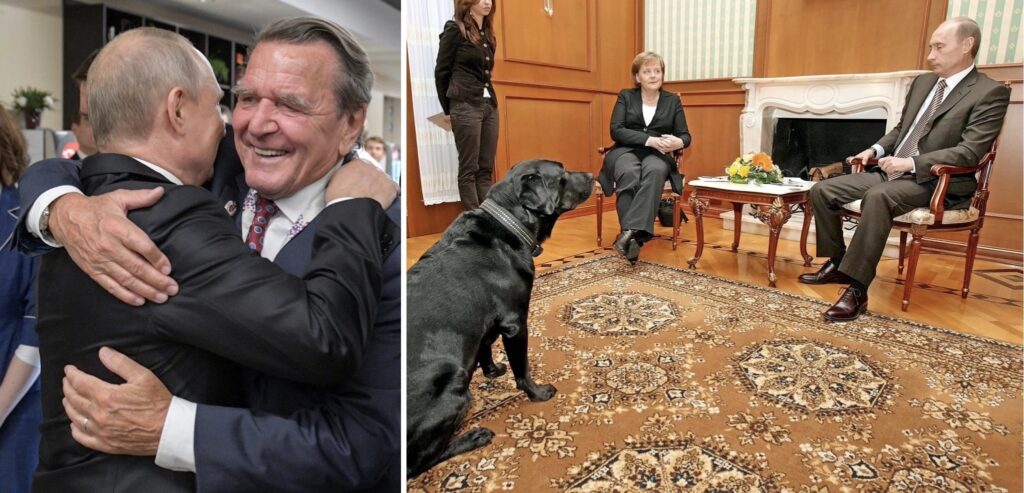During the 1960s, Kennecott Copper Corporation’s long-term, favorable contract to manage the El¬ Teniente mine seemed to be falling through. The political situation had changed drastically since the contract was signed, and the terms of the contract – including low royalties for the mining rights – threatened to change.
Chile had prepared a very attractive exit scenario for itself – known in negotiating jargon as “Batna” (“best alternative to negotiated agreement”). The country could unilaterally and radically change the financial terms or expropriate the mine. Kennecott’s alternatives were pathetic: agree or be expropriated.
Kennecott initially concentrated on tactics at the negotiating table, but this was not successful. Finally, Kennecott adopted a third dimension strategy by dividing their offer into six steps, fundamentally changing the negotiating situation
- Kennecott offered the Chilean government a majority stake in the mine.
- They proposed to expand the mine with the proceeds of the sale and a loan from a merchant bank.
- The Chilean government guaranteed the loan, which was assigned to New York State law.
- Kennecott secured most of its assets against expropriation.
- they arranged long-term contracts with American and European customers.
- the collection rights for these contracts were sold to a consortium of European, American and Japanese financial institutions.
These strategic moves – using the 3rd dimension of negotiation – meant that Chile was now confronted with a variety of negotiating partners and not just Kennecott. This made expropriation less attractive for Chile and significantly improved Kennecott’s negotiating position vis-à-vis Chile.
Source: 3-D Negotiation: Playing the Whole Game



